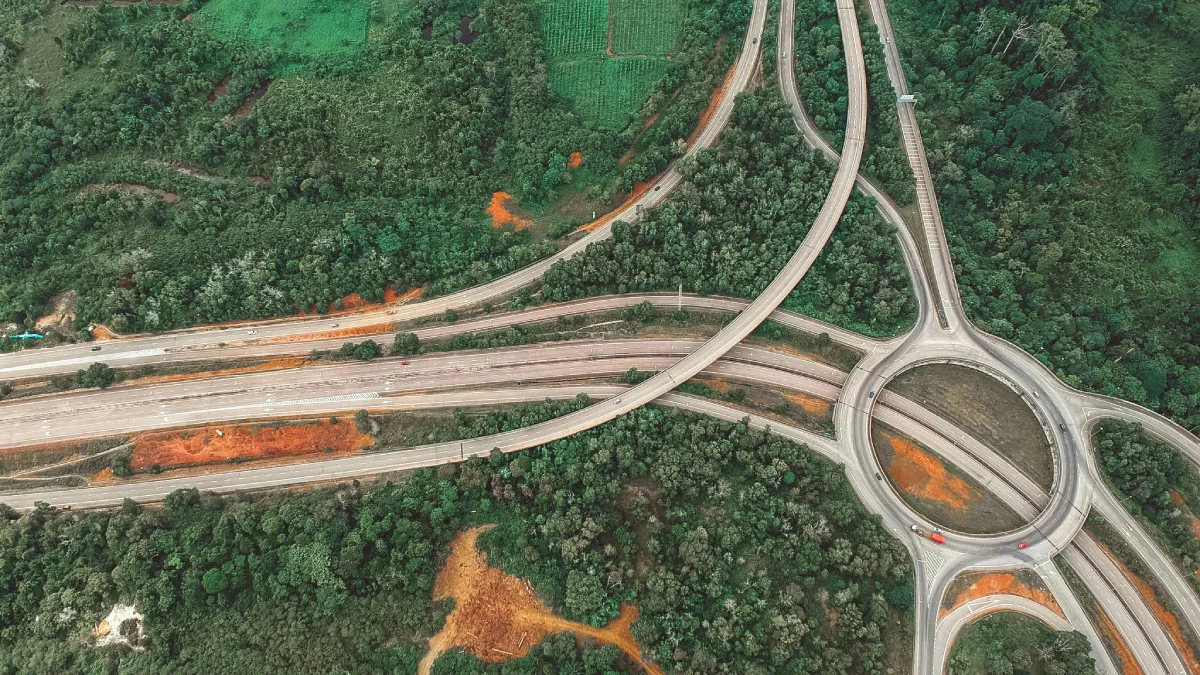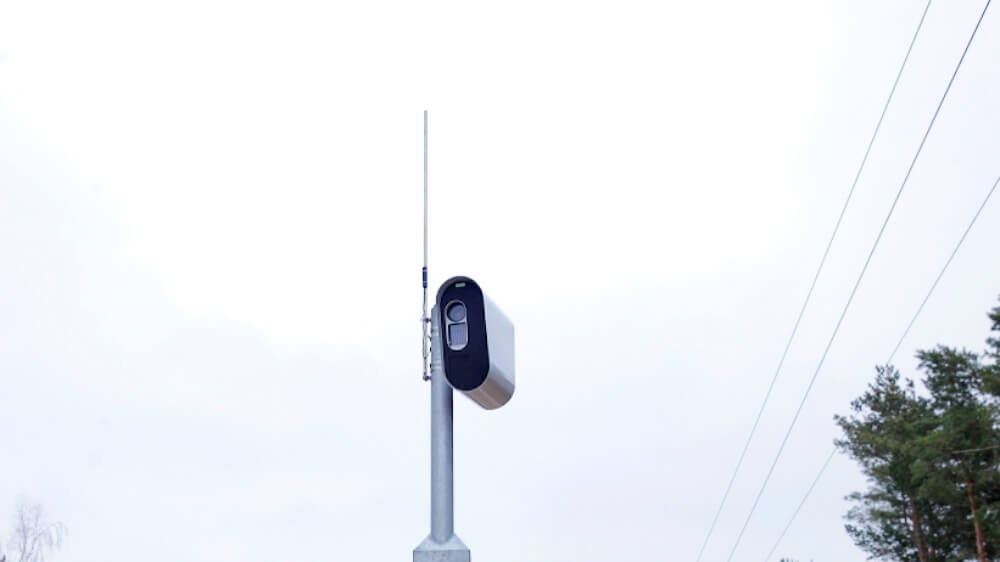


The solution was to deploy a system consisting of an enforcement back-office and 100 stationary and 14 mobile speed cameras, that would be installed on the roads of Latvia.
Fits Traffic was responsible for the development, implementation, and operation of the central back-office system that would process, prepare and offload an enforcement case to an external Fine Administration and Violation system. Integration of the speed enforcement sensors enabled automated data ingestion over a mobile network, establishing a very efficient violation processing practice.
As part of the service, Fits Traffic provided 24/7 monitoring and maintenance of the camera network, resolution of any network issues (with any of the involved parties, including power utilities and mobile network operators). To achieve strong back-office performance, maximum accuracy and to minimize the number of manual tasks.
Fits Traffic implemented a deep neural network based on:
AI workloads in the back-office facilitated pre-processing of speeding violations.
As a result, Latvia could start small, installing just a few speed cameras at first, and then was able to scale up as quickly as necessary without additional investment in IT capabilities. More importantly, having control over the complete data lifetime – from camera network availability to speeding ticket export for law enforcement agencies – ensures high data quality and strict adherence to the predefined service-level agreement.
The whole process can take as little as a few minutes, from the detection of a violation to an enforcement case that is ready for export. Not only is data automatically imported from the cameras, it is also pre-processed using deep neural networks to segment, classify and recognize vehicles, doing so with previously unattainable granularity and precision.
As an example, while many speed cameras can classify only trucks and passenger vehicles, the Latvian solution can discern, motorbikes, buses, and can be extended to other vehicle classes as well.
These new capabilities improve the flexibility of speed enforcement (for example, allowing for more granular thresholding of different vehicle classes, and applying various thresholds based on visually detectable weather conditions), while also increasing the productivity of back-office workers, making it possible to process a much larger amount of cases (applying different workflows for emergency vehicles, bikes with no licence plate facing the camera, etc).
In 2014-2018, the number of traffic accidents in the locations where speed cameras have been placed has dropped by 33% and serious traffic accidents – by 36%.
Key facts:
” Every year, 1M people worldwide die due to car accidents. That makes half of the population of Latvia. And if we can change this atrocious statistic by improving the road environment, it’s our number one priority! “
The Road Traffic Safety Directorate of Latvia (CSDD)